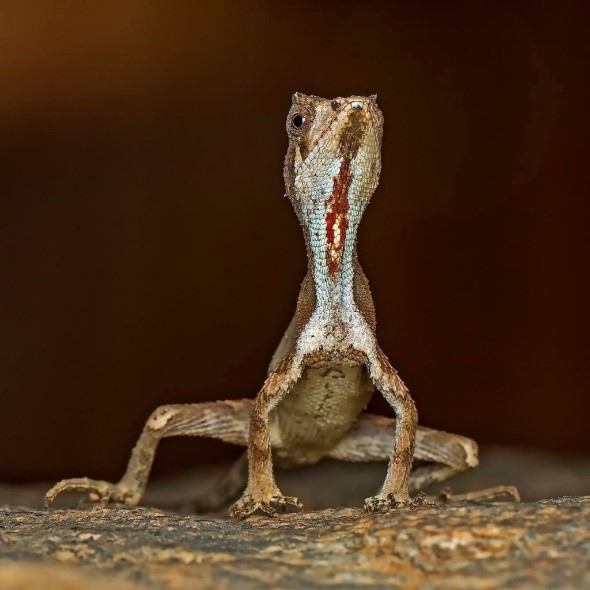Free Courses Sale ends Soon, Get It Now


Free Courses Sale ends Soon, Get It Now



Disclaimer: Copyright infringement not intended.
Context
All about Agasthyagama edge
Characteristics:
Feeding Habits:
Distinctive Features:
Significance of Name:
|
PRACTICE QUESTION Q. Consider the following statements regarding Agasthyagama edge, a recently discovered lizard species: 1.Agasthyagama edge is the first and only species in the Agasthyagama genus. 2.It primarily inhabits trees due to its climbing abilities. 3.The distinctive feature of Agasthyagama edge includes a dark brown body with brick yellow scales. Which of the above statements is/are correct? A) 1 and 2 B) 2 and 3 C) 1 and 3 D) Only 3 Answer. D) Only 3 Explanation: Statement 1: Agasthyagama edge is the second species in the Agasthyagama genus. This is incorrect. Statement 2: It primarily inhabits trees due to its climbing abilities. This is incorrect. The information states that Agasthyagama edge is a poor climber, primarily inhabiting terrestrial environments with dense leaf litter. Statement 3: The distinctive feature of Agasthyagama edge includes a dark brown body with brick yellow scales. This is correct. Therefore, the correct answer is: D) Only 3 |
© 2024 iasgyan. All right reserved